The first thing I noticed about Colombia were the mountains–an endless horizon of flat ocean now distinctly interrupted by valleys and peaks reaching straight up beyond the clouds. New adjectives like Purple Mountain Majesty and Sky Blue replace Ocean Blue and Aquamarine in our color vocabulary. As we enter Colombian waters, Pico Cristóbal Colón gives us a glimpse of its 18,000-foot summit. How I’ve missed the mountains.
I grew up in the mountains–born in Yellowstone National Park and then attending elementary school in Yosemite Valley. Later in life, I lost track of the mountains. Then, one day they reappeared in a most surprising way. “Want to go for a hike?” he asked. “I would love that, I replied, “I’ve missed the mountains.” Allen and I spent the next 9 years hiking the planet. We would hike for miles—I’d pour out sadness, anger and fear of navigating a traumatic divorce; Allen would listen, restore confidence, and offer heartfelt advice. Little did I know that as I was discovering the fabulous trails of the East Bay Regional Park District in northern California, so too was I forming a life-time friendship.
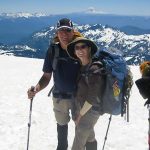
Bay Area day hikes turned into backpacking and river running and eventually led to the world of mountaineering. I climbed my first peak in hard-shell mountaineering boots and crampons in 2009 when we summited the 12,000-foot Telescope Peak in Death Valley. Then Mt. Shasta, north of San Francisco, where at an elevation of 14,000 feet, I got a taste of what altitude sickness feels like. Later that year, Allen and I climbed the majestic Mt. Rainier in Washington state. And then the ultimate paradise for the outdoor dreamer–snowshoeing across the Antarctic island of South Georgia southeast of South America. Twelve years later I would land on that same continent…this time in a sailboat.
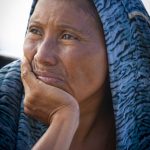
Punta Gallinas, the northernmost edge of South America at 12°N, came into view early morning after our 24-hour overnight sail from Aruba. Cooler air and water temperatures and a different time zone marked our entry to this new continent. We dropped anchor with other rally boats in Ensenada Huaritcheru—a bay flanked by rocky cliffs and a dusty, red savannah that fades into distant snow-capped mountains. A sandy beach directly in front of us with wood thatch structures hinted at a few signs of civilization. Upon closer examination, we discovered a couple hostels, bars, and even world-class kitesurfing in this small indigenous Wayúu community. Soft-spoken women commuted from a nearby village on the back of mopeds and sat among us weaving brightly-colored tribal designs into bracelets and handbags.
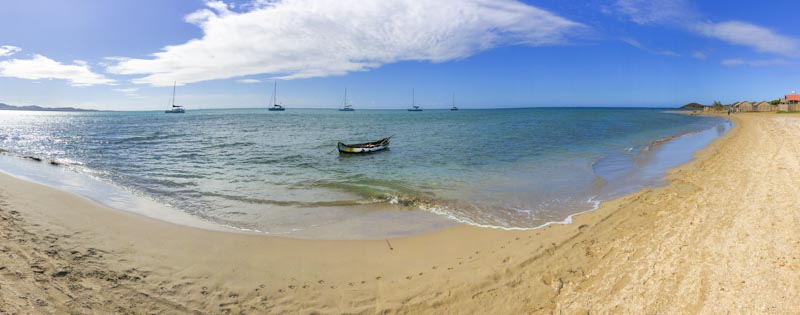
The wind whips through this bay, which makes sleeping a pleasure, but puts everything that isn’t securely tied down at great risk. One afternoon, we noticed our dinghy was missing. It was broad daylight and we had been onboard so it seemed unlikely that a thief would have pinched it—as our British friends would say. In fact, the painter rope that ties the dinghy to Gémeaux was still in tact. And then we saw it—our little gray raft being carried away by the fierce current, quickly becoming another donation to the sea. Naturally the captain’s first instinct was to swim after it so he quickly dove into the water and began a vigorous freestyle out to sea.
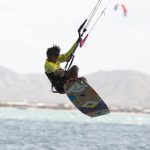
Just then, one of the local world-class kitesurfers—I think he was about 12— swept in, indicated for Allen to grab his harness, and resumed his ride effortlessly with a 220-lb body in tow. In just a few seconds, the two of them successfully navigated to the runaway dinghy, at which point Allen released the harness, propelling the kite surfer about 30 feet up into the air. The kite surfer majestically performed several tricks during the aerial opportunity and Allen returned the dinghy to safety. It was all a very spectacular way to learn that constant wave motion can actually wear a hole through the metal eye of a dinghy. Who knew?
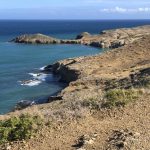
At noon the following day, after a short hike above the coastline, we picked up anchor and began another overnight sail. We had studied the weather and calculated this specific departure time to coincide with an event not to be missed— sunrise over one of the world’s highest coastal mountain ranges. As much as I hate night passages, I absolutely love sunrises. That alarm clock has rung many many dark mornings to allow us to get to a summit and witness the first glimpse of a day. The shadow of the mountain that is cast across the waking city below. That quiet, peaceful moment that lasts only seconds until the world awakens. While hazy, the sunrise today was indeed spectacular as we watched the sun finally reach the top of the Sierra Nevadas and announce a new day.
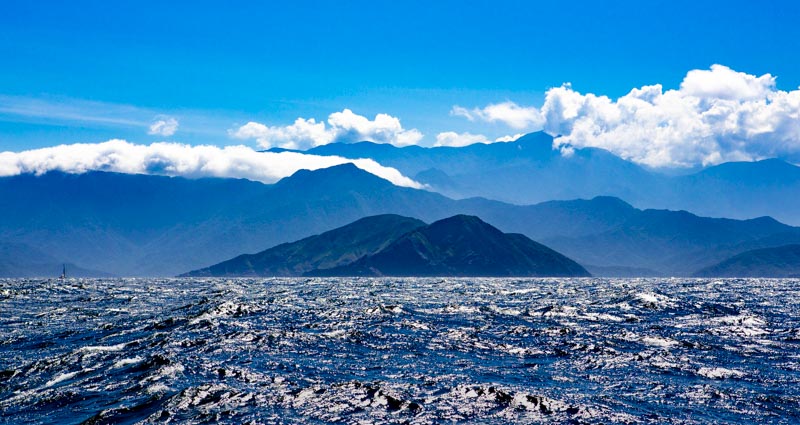
Serenity came to an abrupt end, however, when our famed spinnaker played yet another one of her dirty tricks. (See Aruba: Island Civilization for the story of how the spinnaker became untethered from the halyard.)

I like to tell these stories so our readers get the full scope of this gorgeous sail’s schizophrenic personalities. And you must trust my writing because we only photograph the sail when it’s on very good behavior and looks spectacular. When its other stormy, violent, and narcissistic behaviors surface, we are yelling and running around the boat trying to wrestle it into submission. On this particular morning, 30-35k overnight winds settled into a steady 10k and were mostly behind us—perfect conditions to unleash the eager parasail. Jim Moore was still onboard so the three of us worked together to raise the parasail, cautious to avoid the sail backwinding and getting caught in the main sail. Not enough caution apparently and before we knew it, the sail billowed behind the main and a couple of its tee tiny little orange threads caught precisely in a tee tiny crevice in the spreader that supports the mast. We couldn’t do it again if we tried. We once again found ourselves wrestling the big sail onto the deck, but even 6’4” Allen could not reach high enough to untangle the caught threads. Out came the bosun chair and up the mast I went to dislodge the evil sail, all while we were still underway. I gave Allen a brief moment to shed a tear over a tee tiny amount of damage to the sail and then tossed the little shit into a locker for what I hoped would be a very long timeout.
Calm once again was restored on Gémeaux as we rounded the corner into Santa Marta, Colombia’s oldest city. Different from Huaritcheru, Santa Marta boasts a shoreline of high rises and a population of 450,000. Snowcapped Sierra Nevadas, however, still outline the landscape, assuring us that this new temporary home will give us a chance to explore the mountains.
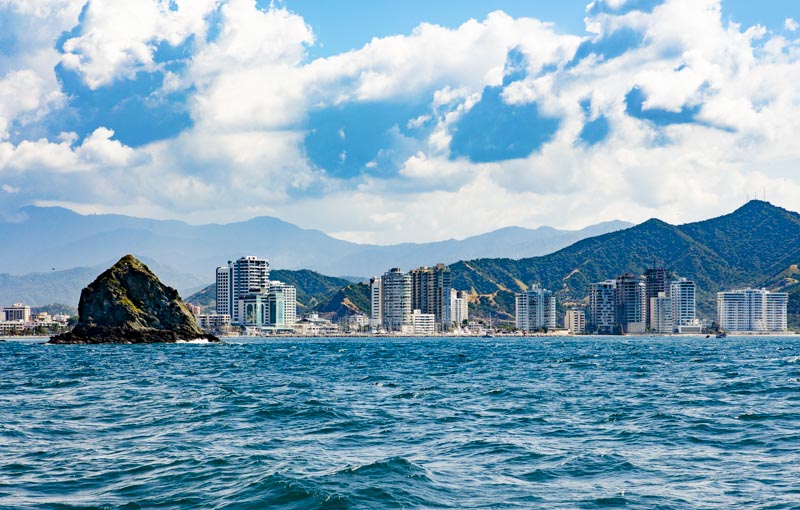
Enjoyed this post? Sign up to receive email notifications of future posts!

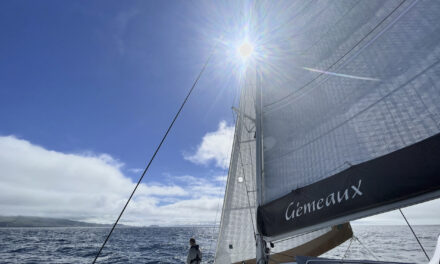

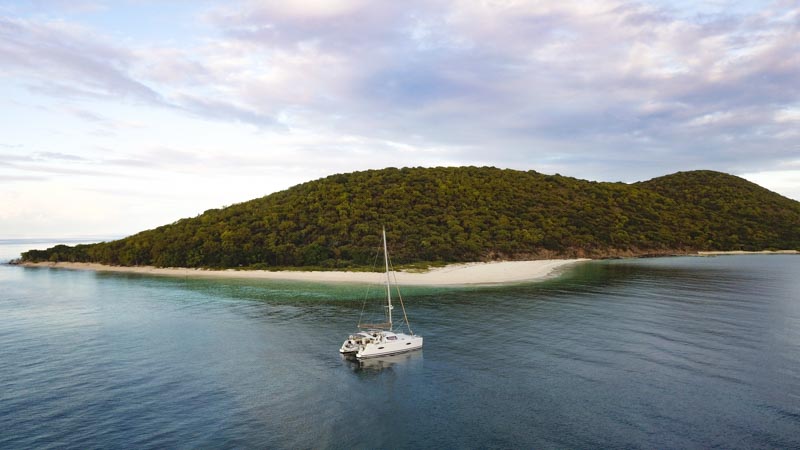
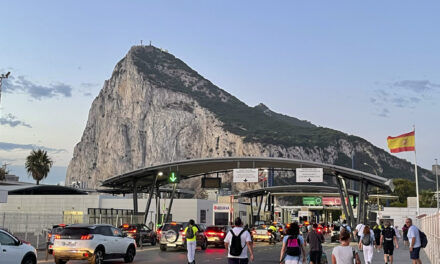


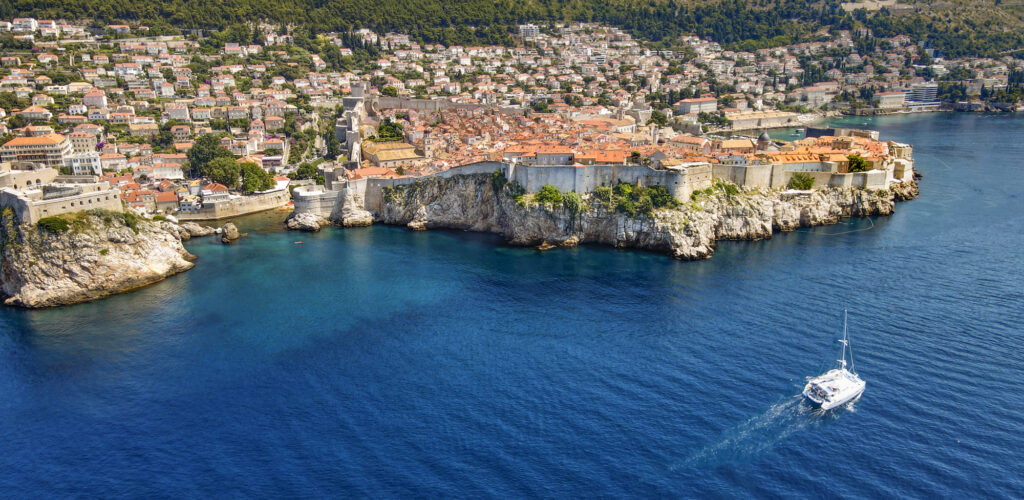
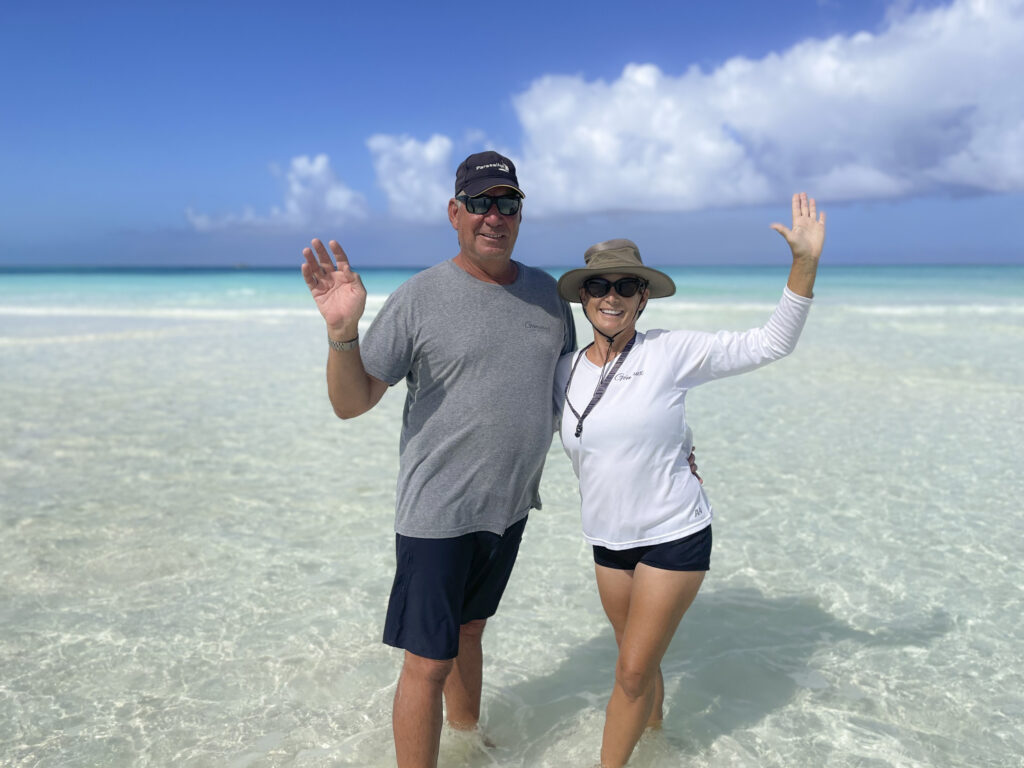
You captured this wonderfully! The calm and beauty followed by craziness! So glad to be on this adventure with you! A little intimidated about hiking with you this morning however!
Hitch hiking on a kite board?!?!?! To rescue a wayward dinghy?! You’re leaving a lot out of our phone conversations!
Can’t wait to hear these stories live sometime in the future!
Now I will have to add Colombia to my bucket list. The photos were amazing.
Mountain and ocean!! Don and I just spent a few days in South Beach — probably very different from your peace and quiet. Never go during spring break. Guess you are headed to Belize — safe travels — enjoy! Can’t wait to get the next blog.